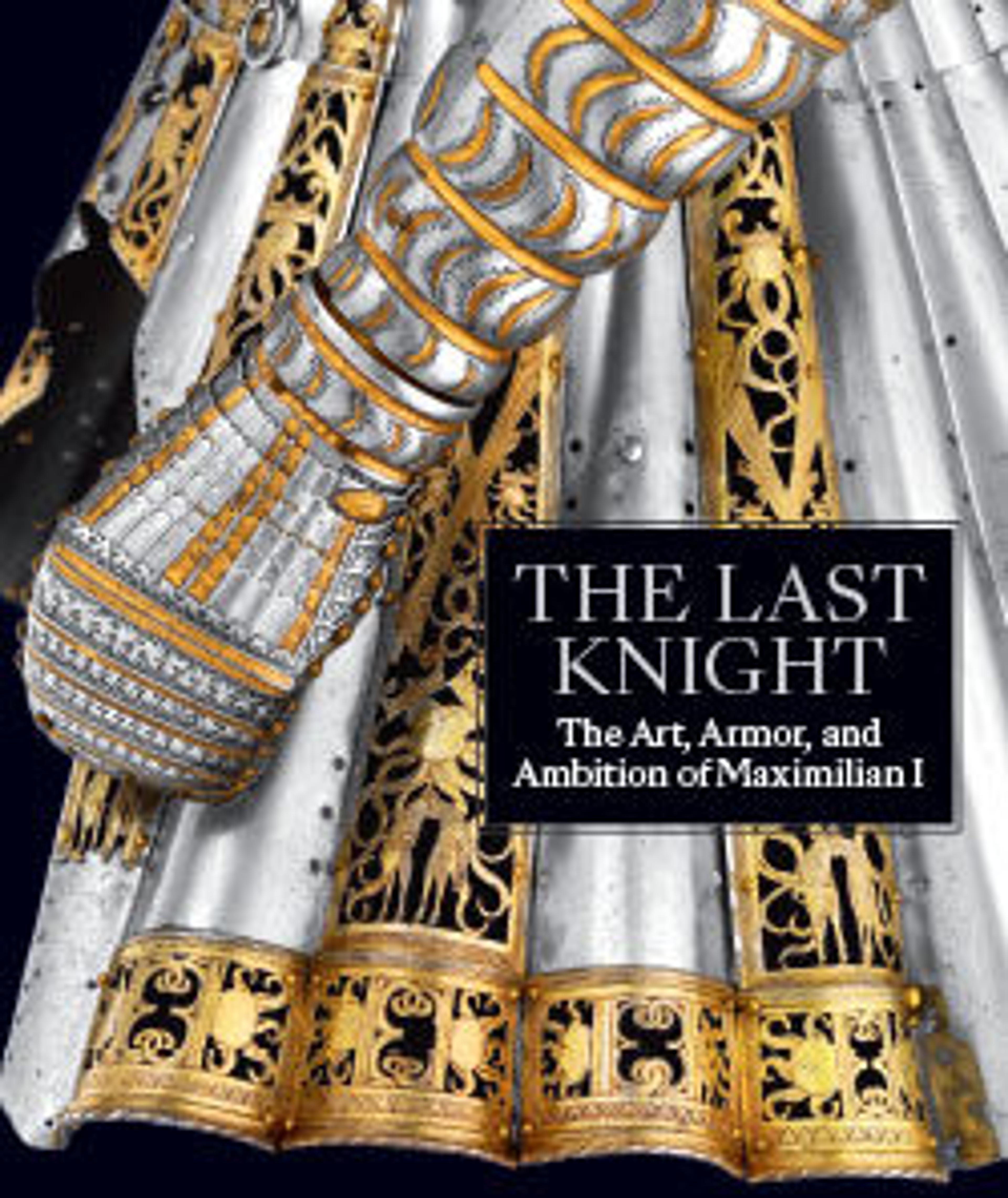Pair of Rowel Spurs
This pair is composed of a genuine iron spur plated covered with brass foil, and a 19th-century reproduction covered with red copper plated with a brass-like patina. The authentic one bears the stamp of its maker, a letter R. Its original mate which the copy is replacing is preserved in the Kunsthistorisches Museum in Vienna (A131).
Around 1400, the length of the rowel spurs’ necks started to increase in western Europe, some examples extending even as long as the rider’s foot in the 15th century. At this period, the elevated war saddles and the very specific riding style, with long stirrup leathers and legs extended forward, had the consequence of taking away the rider’s feet from the horse’s flank. Thus, these long necks gave them easier access without having to disturb the rider’s position too much. As the riding position changed at war in the first decades of the 16th century, such long necks were not needed anymore. However, they were kept in use for jousting, for which the medieval riding style survived a bit longer.
Around 1400, the length of the rowel spurs’ necks started to increase in western Europe, some examples extending even as long as the rider’s foot in the 15th century. At this period, the elevated war saddles and the very specific riding style, with long stirrup leathers and legs extended forward, had the consequence of taking away the rider’s feet from the horse’s flank. Thus, these long necks gave them easier access without having to disturb the rider’s position too much. As the riding position changed at war in the first decades of the 16th century, such long necks were not needed anymore. However, they were kept in use for jousting, for which the medieval riding style survived a bit longer.
Artwork Details
- Title: Pair of Rowel Spurs
- Date: ca. 1500 and 19th century
- Culture: South German
- Medium: Iron, copper alloy
- Dimensions: L. 9 5/8 in. (24.43 cm); W. 2 3/4 in. (6.99 cm); L. of neck, 5 in. (12.7 cm); Diam. of rowel, 1 3/4 in. (4.45 cm); Wt. 9 1/2 oz. (269.3 g)
- Classification: Equestrian Equipment-Spurs
- Credit Line: Gift of William H. Riggs, 1913
- Object Number: 14.25.1701a, b
- Curatorial Department: Arms and Armor
More Artwork
Research Resources
The Met provides unparalleled resources for research and welcomes an international community of students and scholars. The Met's Open Access API is where creators and researchers can connect to the The Met collection. Open Access data and public domain images are available for unrestricted commercial and noncommercial use without permission or fee.
To request images under copyright and other restrictions, please use this Image Request form.
Feedback
We continue to research and examine historical and cultural context for objects in The Met collection. If you have comments or questions about this object record, please contact us using the form below. The Museum looks forward to receiving your comments.
